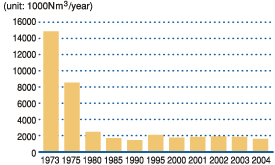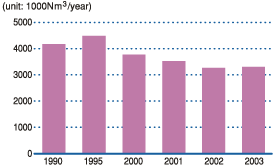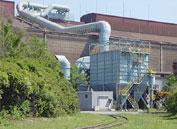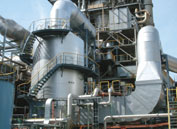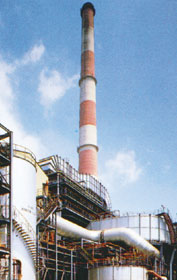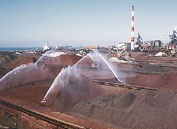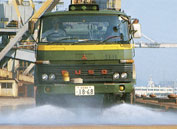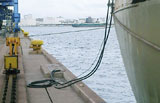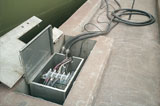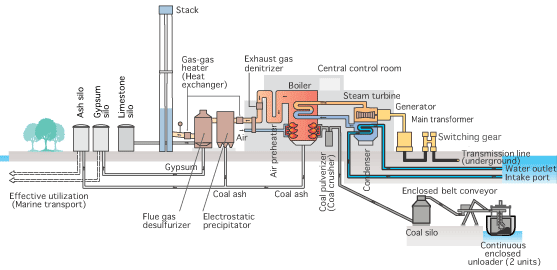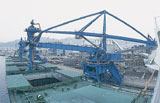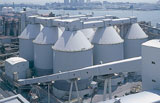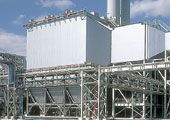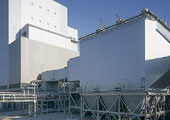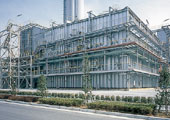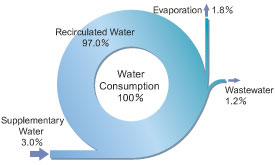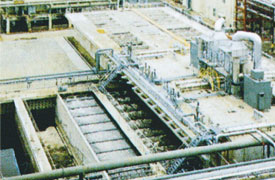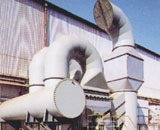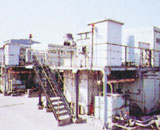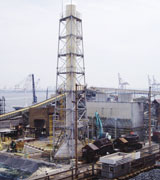Home > About Us > Corporate Social Responsibility > Sustainability Report > Environmental Sustainability Report 2005
| Environmental Management Environmental Sustainability Report 2005 |
|||
| Environment-friendly Production (4) |
| [4] Reduction of Environmental Burdens |
Based on the analysis results of various environmental burdens, Kobe Steel has been reducing a wide variety of burdens by improving production processes to more effectively protect the environment; introducing state-of-the-art equipment and refurbishing facilities; and thoroughly implementing self-management. Kobe Steel, including its group companies, is further striving to reduce its impact on the environment by improving its production processes and enhancing the capabilities of pollution control equipment.
Shinko Kobe Power Station
State-of-the-art exhaust treatment equipment

|
||||||||||||||||||||||||||||||||||||||||||||||||||||||||||||||||

